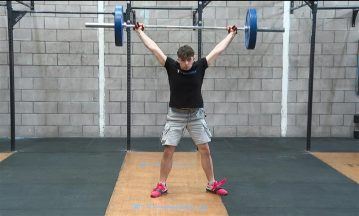The number of shoppers visiting stores in Scotland increased last month providing an “encouraging prelude” ahead of Christmas, according to new figures.
Footfall in Scottish shops in September was up 1% on the same month the previous year, and above the UK average decrease of 2.9% year on year (YoY).
In September, footfall across retail destinations in Edinburgh increased by 7.5% (YoY), while in Glasgow it decreased by 2.9% (YoY), the Scottish Retail Consortium (SRC) Sensormatic IQ data showed.
Shopping centres north of the border saw a 3.7% (YoY) rise in footfall in September.
David Lonsdale, SRC director, said: “Foot traffic across Scotland’s retail destinations recorded a welcome if decidedly modest uptick in September. It was the third consecutive monthly improvement, and Scotland was the only part of the UK to witness an increase in shopper footfall last month.
“Shopping centres and Edinburgh city centre fared well, and whilst Glasgow witnessed a dip it was slightly less worse than seen the month before. That said, overall shopper footfall in Scotland is still well shy of the levels seen prior to the pandemic.
“Overall, this is an encouraging prelude ahead of the start of the golden quarter in the lead up to Christmas and which remains a critical trading period for large swathes of Scottish retail.
“Hopefully, the introduction of discounted peak rail fares in Scotland for the next few months coupled with the recent marked fall in shop price inflation should prove beneficial in terms of enticing more visits to stores.”
Andy Sumpter, retail consultant for Sensormatic Solutions, said shoppers may be choosing to save up for Christmas rather than spending just now.
He said: “Rather than the traditional ‘back to school’ boost to shopper traffic we would normally expect to see in September, footfall remained subdued as consumer caution on discretionary spending stayed high, perhaps prompted by shoppers withholding spend to save ahead of the Golden Quarter and Christmas.
“While retailers will be hoping this month’s first fall in food prices in two years will mark the beginning of the end of inflationary-driven pressure on household budgets, many will recognise that the reality of inflationary-driven interest rates – and consequently higher mortgages and rent payments – will be with us ‘higher and for longer’, meaning once again retailers will be required to run faster just to stand still.”
Follow STV News on WhatsApp
Scan the QR code on your mobile device for all the latest news from around the country























